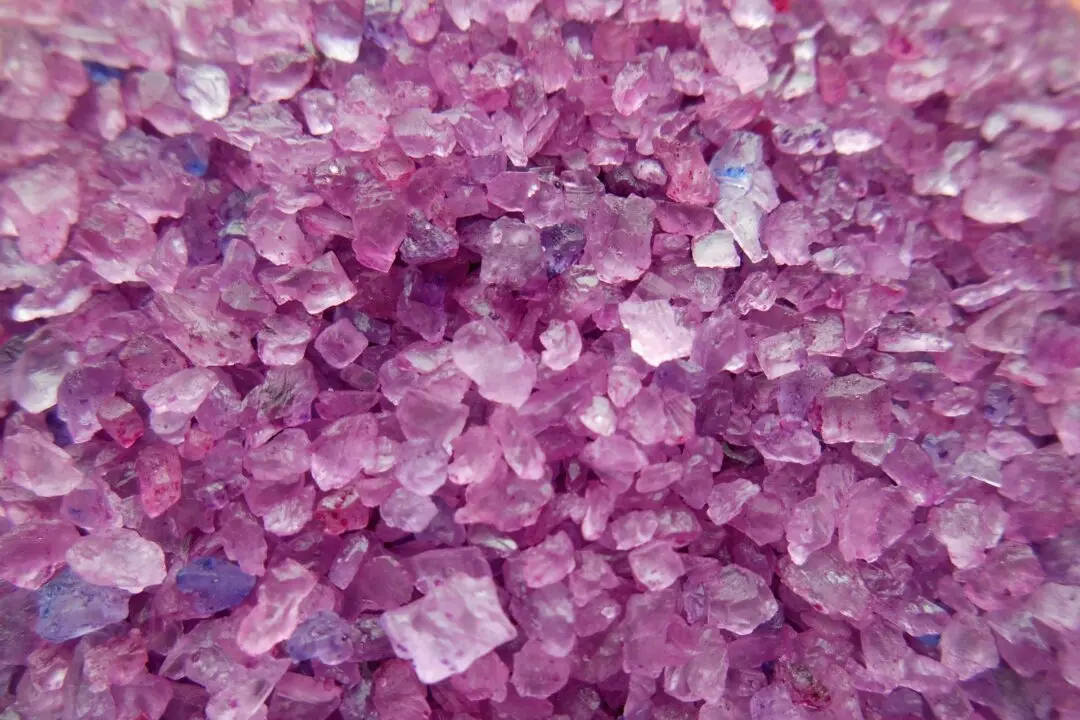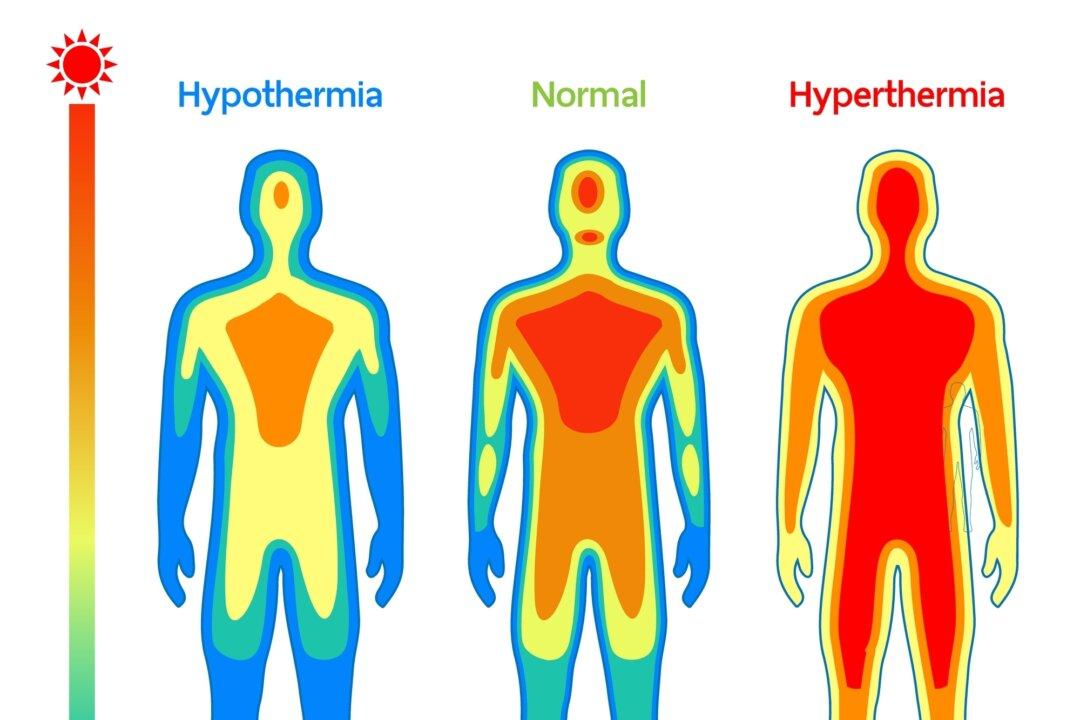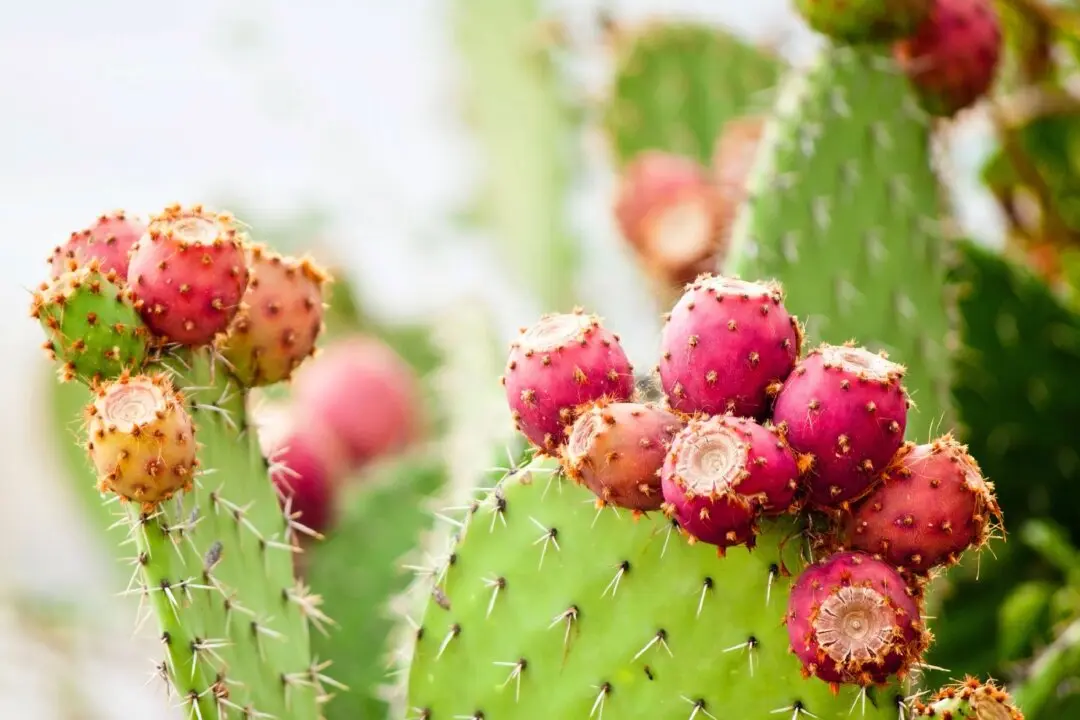My journey into essential oils began years ago when I started to learn about the power of plants. While working with an herbalist, we used some of the more common plants to create tinctures, oils, salves, and lotions for patients. These included lavender, rosemary, peppermint, lemon, chamomile, clove, and St. John’s wort.
Brief History of Essential Oils
From Egyptian hieroglyphics and ancient Chinese manuscripts, we know priests and physicians have been using essential oils for centuries. In Egypt, temples were dedicated to the production and blending of oils for medicinal, emotional, and spiritual uses as well as for embalming. In the Bible, there are more than 1,000 references to essential oils particularly for anointing people and healing the sick. These include rosemary, frankincense, myrrh, and cedarwood. The Greeks and Romans adopted essential oils in the practice of aromatherapy.Therapeutic Essential Oils
Essential oils are a mixture of highly complex, naturally occurring, volatile compounds synthesized by plants as secondary metabolites. These compounds are abundant in flowers, leaves, seeds, root stalks, and barks and are usually extracted using steam distillation or cold pressing methods.To obtain pure therapeutic oils with a uniform chemical composition, they must be extracted from the same plant, harvested at the same time of year, and under the same growing conditions. Good manufacturers will use modern techniques to analyze the chemical composition before the manufacturing process can be completed.
You can find artificial oils and cheaper oils. Although chemists can reproduce some of the constituents of therapeutic essential oils in the laboratory, they can’t reproduce oils as they exist in nature. Using faster distillation processes, which employ high pressure, high temperatures, and chemical solvents, can produce essential oils at a lower cost but they are inferior in quality and lack the pure therapeutic properties that are sought for their healing results. Consequently, pure therapeutic essential oils come with a high price tag.
Aging Ailments and Useful Oils
The body’s natural aging process is often accompanied by non-disease ailments. Few of these are serious, but they can be annoying and uncomfortable. I have used essential oils for many years as the aging process has been creeping up on me as well. These are the oils I have found to be most helpful for some of my discomforts.For Digestion
Gas, bloating, acid stomach, heartburn, nausea, and gut discomfort can be treated with essential oils.Muscle and Joint Pain
These ailments seem to follow us on a daily basis! I find two oil blends most helpful by rubbing a few drops of each oil on the troublesome area. The first is a blend known to calm, relax, and release the tension of spastic muscles resulting from sports injuries, fatigue, and stress. It contains basil, lavender, cypress, peppermint, and marjoram.Neuropathy
This condition is usually due to poor circulation in the extremities called peripheral neuropathy. After years of walking on flip-flops, like many people, I have developed some numbness sensation in my feet. Although this can be an indication of a more serious condition, such as diabetes, my podiatrist’s diagnosis was that it was due to poor circulation in my feet and with some nerve injury due to my years of flip-flop use! I have found a few drops of helichrysum oil rubbed on the bottom of my feet just before bed helps. If you don’t have this, lavender and peppermint oils may help.Skin
Not only does our skin get thinner as we age causing wrinkles to form due to loss of collagen, but age spots, or what some call liver spots, seem to appear overnight. Our thinning skin is also prone to more injuries, scrapes, and wounds. There are oils such as jojoba oil that help moisturize the skin and collagen supplements that can help rejuvenate the skin.For the age spots and injuries, I use lavender essential oil directly on the area, carefully rubbing it in. I find this helps speed healing and also is good for preventing scar tissue from forming if used daily soon after the injury has healed.
Hair Loss
Hair thinning and hair loss is common as we age. Massaging essential oils into the scalp stimulates the hair roots and aids in the absorption of nutrients. It also awakens and stimulates hair follicles while increasing cellular metabolism and circulation. Essential oils have been used in natural hair care products for centuries. Lavender, rosemary, chamomile, clary sage, cedarwood, and tea tree oils are popular in hair serums, masks, shampoos, and conditioners. The addition of carrier oils such as argon or jojoba oil enhances these oils with their moisturizing properties.I use rosemary essential oil before I wash my hair, leaving it on for at least an hour. I wrap my hair in a warm, damp towel to help the process.
Research for More Serious Aging Conditions
Essential oils have been of interest to scientists for a long time. The knowledge of their powerful healing properties has encouraged research into the use of these oils for more serious conditions. Studies have been done on Alzheimer’s, diabetes, arthritis, and epilepsy to examine essential oil efficacy with these conditions.Precautions for Use
Plants can cause allergic reactions in some people. Before considering using an essential oil, check your allergic risk by conducting a patch test. To do this, choose a small area of skin that is away from your face such as inside your elbow. If you notice any reaction within 24 hours, you could be allergic to the oil and should not use it.Do not take essential oils internally until checking with the manufacturer’s guidelines. Reputable companies will indicate whether the oil can be taken topically, internally, or used aromatically.






